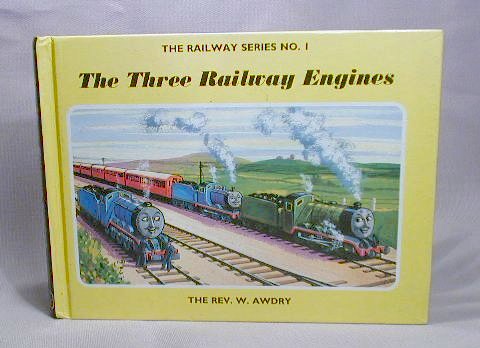This programme guides us through a history of children's picture books, using notable examples to demonstrate the changes in attitudes towards children's literature and learning over time.
The first children's picture books were based on popular nursery rhymes, which despite being often nonsensical had been passed down generations. These were told as a bonding experience between the parent and the child, using sounds and movements and rhythm more than the words themselves to tell the tale. These picture books began in the late 19th century with illustrators such as ARTHUR RACKHAM, known for illustrating Alice in Wonderland amongst others, and RANDOLPH CALDECOTT, shown below. He is renowned for the details and humour within his illustrations, with events happening in the background to help move the story forwards, instead of merely drawing what the words are telling us.
BEATRIX POTTER
In the early 1900s Beatrix Potter broke the mould as a young woman writing and illustrating and creating a timeless series of children's books, which didn't shy away from scary themes, such as Peter Rabbit's father being made into a pie. Beatrix Potter loved animals and would draw them for hours, and by personifying animals for the main characters, she bypassed issues of class, gender and race. Her observations of animals and studying their skeletons gave her great understanding of their structures and personalities, which led to very accurate illustrations, despite the fact that they were often clothed.
REV. WILBERT AWDRY
In the 1940s, railway enthusiast Rev. Wilbert Awdry wrote down the stories he told his son about the adventures of a group of steam trains at a station. This was a marked difference to the usual stories about children or animals, though the trains were personified by giving them a human face at the front which showed the emotions that they were feeling. Due to his religious background, his stories always had morals and are often thinly disguised parables.
ENID BLYTON
The popular novelist Enid Blyton was approached to write a series of children's books in 1949, and created the Noddy series after meeting the illustrator Harmsen van der Beek. The use of colour was a major part of the books, with colour used on every page. The magic of the series was the fact that it brought toys to life, every child's fantasy, and something that Pixar tapped into decades later with Toy Story. However, the books weren't universally popular, with modern liberal parents disagreeing with Blyton's seemingly puritan values, and the presence of violence and strict authority figures. The presence of the golliwog toys was also controversial.
BRIAN WILDSMITH
Brian Wildsmith is an artist and illustrator who was commissioned by Mabel George of Oxford University Press to create a different 'ABC' book. To Wildsmith, A was not for apple, A was for A. His work was commended for its use of colour and texture and exuberant paint.
PAT HUTCHINS
Pat Hutchins wrote Rosie's Walk, a tale about a hen. After her original manuscript was rejected, she focused on one line she'd written about how quiet the fox was, and illustrated a story like a silent film. The simple text follows the story of Rosie walking around the farm, and ignores the chaos happening around her as a fox tracks her every move and keeps getting into scrapes. This allows children to tell their own stories about what they see.
SHIRLEY HUGHES
Shirley Hughes wrote 'Dogger' as she was inspired by an incident in her family and was driven to write a story about real children and real problems. She studied children and refined her skills with life drawing, allowing her to accurately portray a child's emotions. Again, she drew beyond the narrative, and her audience learns to read and look into the scene. The book pulls no punches as a child's beloved stuffed dog is lost, found, lost and then found again.
JOHN BURNINGHAM
John Burningham's Granpa deals with everyday life between a grandpa and granddaughter, told via snippets of their conversation. This leads to quite a poetic storytelling effect, and leaves a lot for the reader to decipher and solve for themselves. It deals with serious issues but again allows the reader to finish the story, as on the last page Granpa has disappeared from his chair.
HELEN OXENBURY
Helen Oxenbury created a range of baby's books, using very simply shaped characters, with recognisable images that a baby can relate to. The books are wordless and 'Friends' features very simple expressions on the faces of the characters and shows how happy they all are with their friendship.
MICHAEL ROSEN/HELEN OXENBURY
'We're Going on a Bear Hunt' was adapted from an American folk song by Michael Rosen, which made great use of onomatopoeia and repetition. The recapping at the end of the story when the bear chases the family back from the caves enables the young reader to recognise the scenes that they pass through again.









No comments:
Post a Comment